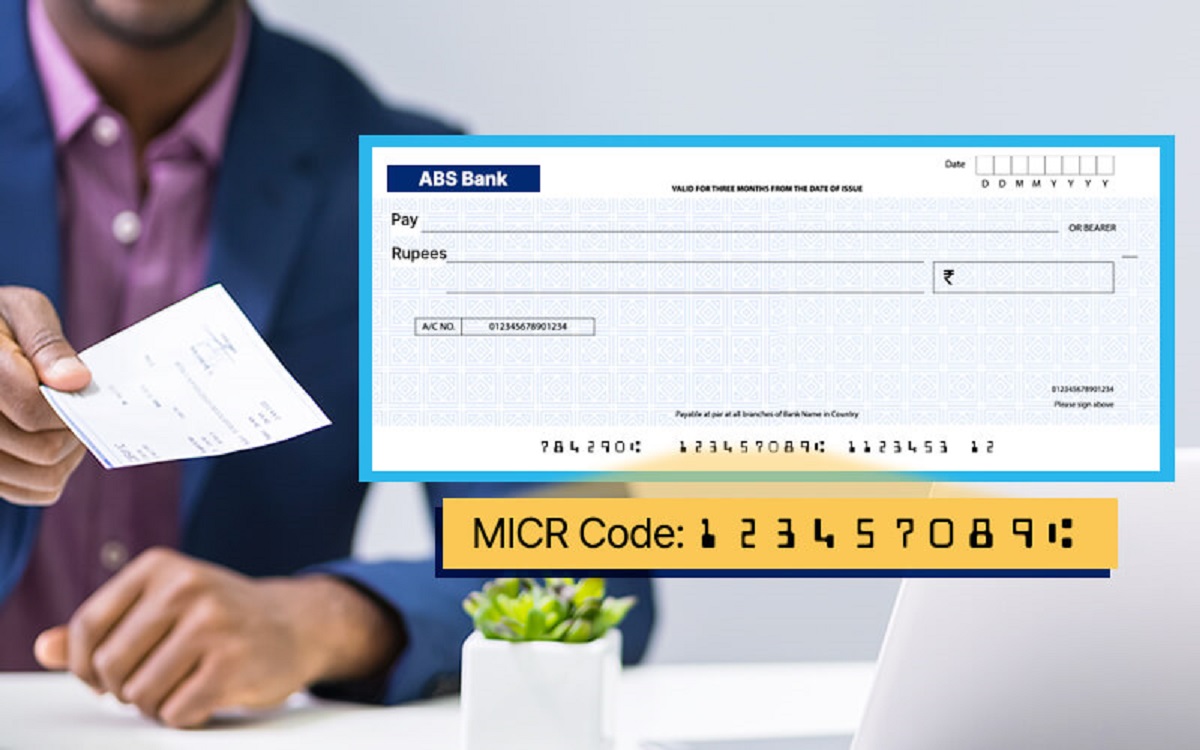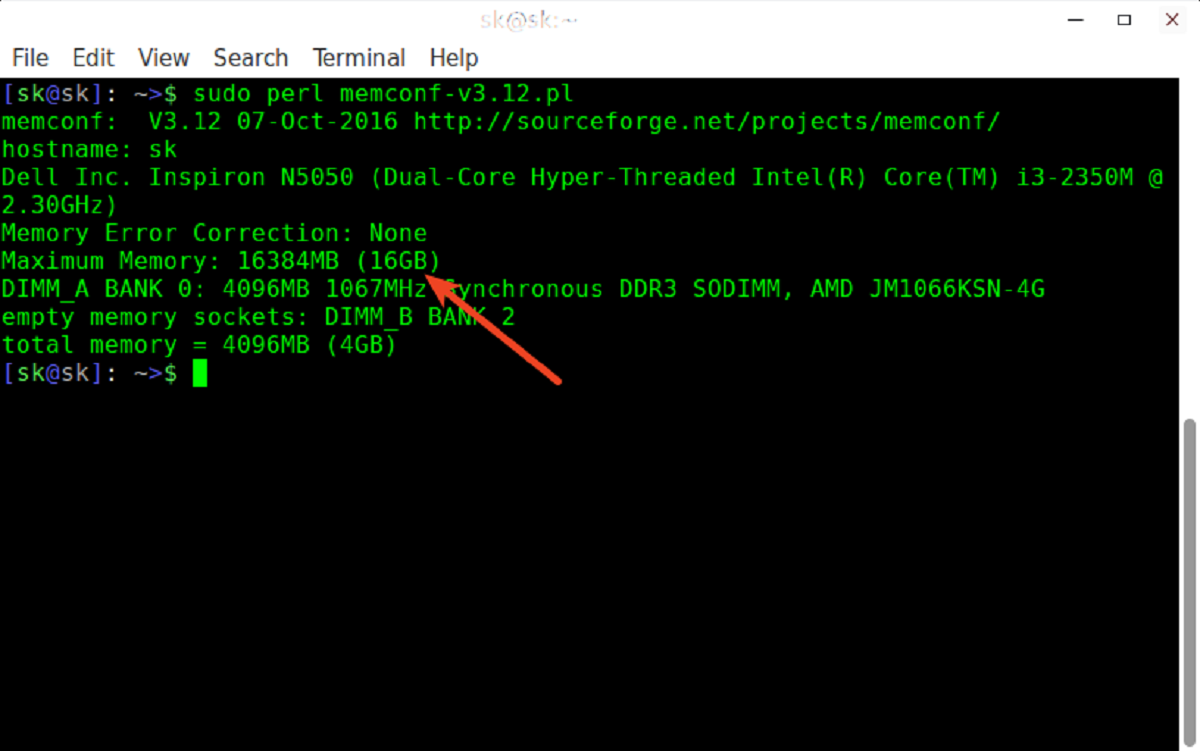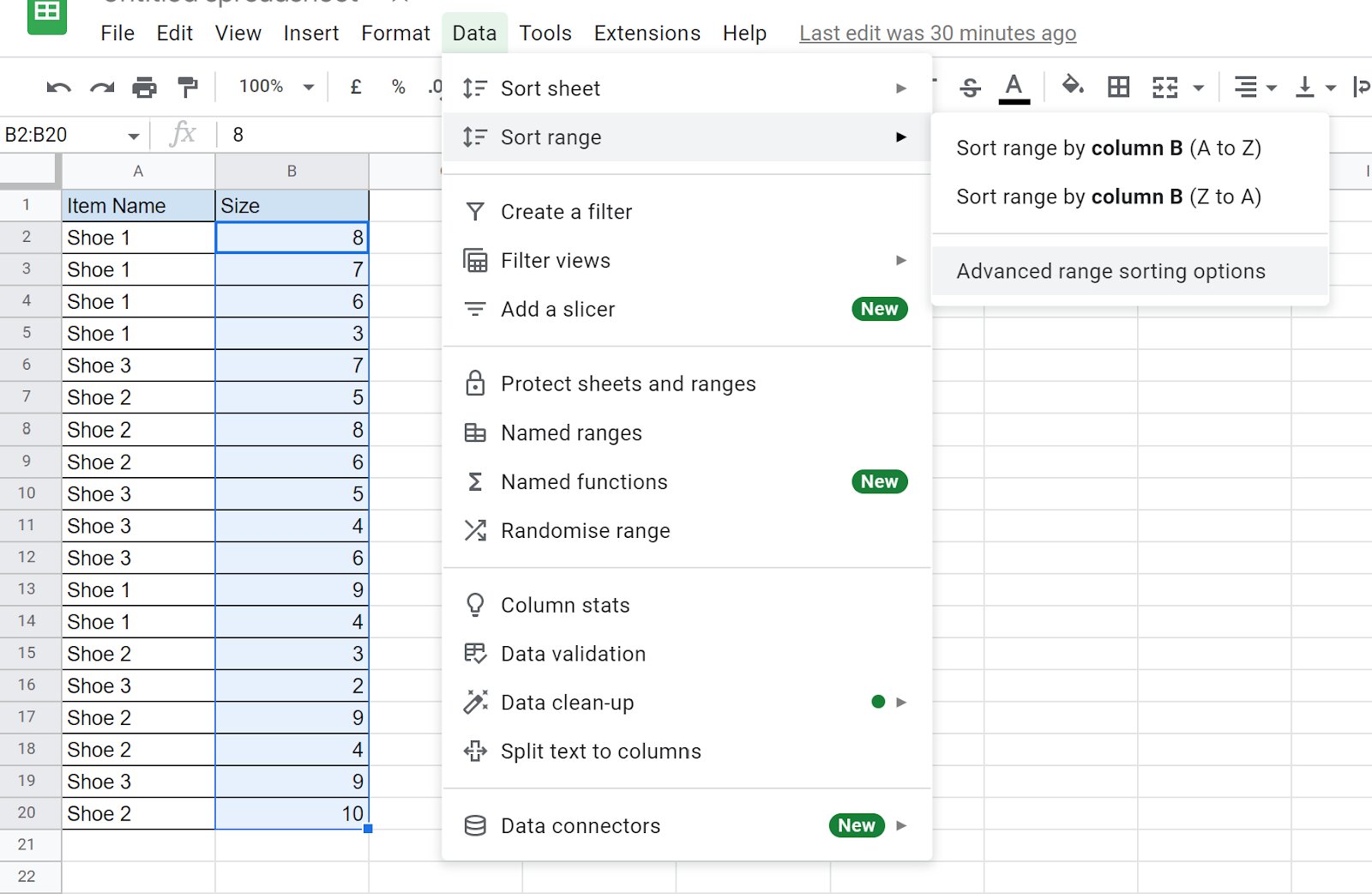What Is a Sort Code in Banking?
In the world of banking, a sort code is a unique numerical code that is assigned to each branch of a bank. It serves as a way to identify and route funds accurately and efficiently within the banking system. Essentially, a sort code acts as an address for a specific bank branch, allowing transactions to be directed to the correct destination.
The sort code system originated in the United Kingdom and is widely used in various countries to streamline the banking process. It plays a crucial role in ensuring the smooth functioning of financial transactions such as electronic funds transfers, direct debits, and standing orders.
A sort code typically consists of six digits, which are divided into three pairs. The first pair identifies the bank, the second pair represents the clearing zone, and the third pair signifies the branch of that particular bank.
For example, let’s consider a sort code: 12-34-56. In this case, “12” represents the bank, “34” represents the clearing zone, and “56” identifies the specific branch. This structure helps to precisely identify the destination where the funds need to be transferred.
Sort codes are essential for both domestic and international banking transactions. They ensure that funds are accurately routed to the correct bank and branch, preventing any delays or errors in processing.
Furthermore, sort codes play a critical role in the verification of account numbers, as they are often used in conjunction with the account number to validate the authenticity of the bank account. With the combination of a sort code and an account number, banks can identify the account holder and ensure secure transactions.
In summary, a sort code is a numerical code assigned to each branch of a bank. It functions as an address, directing funds to the correct destination within the banking system. Sort codes are crucial for efficient and error-free financial transactions, providing accuracy and security in the transfer of funds.
Introduction
In today’s interconnected and fast-paced world, banking has become an integral part of our daily lives. We rely on banks to safely store our money, facilitate transactions, and provide financial services. However, the banking system can be complex, with various processes and terminologies that might be unfamiliar to many. One such term is a sort code.
A sort code is a unique numerical code that plays a crucial role in the banking system. It acts as an address for each branch of a bank, facilitating the accurate routing of funds within the banking network. Understanding what a sort code is and how it functions is essential for anyone who engages in banking transactions.
In this article, we will delve into the world of sort codes in banking. We will explore what a sort code is, its purpose, structure, and its importance in ensuring the smooth operation of financial transactions. Additionally, we will discuss how to find a sort code and highlight its various uses in the banking industry.
Whether you are a banking professional, a business owner, or an individual seeking a deeper understanding of the banking system, this article will provide you with valuable insights into the world of sort codes. By the end, you will have a comprehensive understanding of what a sort code is and why it is a fundamental component of the banking system.
Definition of a Sort Code
A sort code is a unique numerical code assigned to each branch of a bank. It serves as an identifier and routing address for financial transactions within the banking system. Like a ZIP code or postal code, a sort code allows funds to be accurately directed to the correct branch of a bank.
The sort code system originated in the United Kingdom and has since been adopted by various countries around the world. It is a vital component of the banking infrastructure, ensuring that funds are transferred efficiently and securely.
Sort codes are typically composed of six digits, organized into three pairs. Each digit carries specific information that helps in identifying the bank, the clearing zone, and the branch. The first two digits indicate the bank, the next two digits represent the clearing zone, and the final two digits identify the branch.
For example, consider a sort code of 12-34-56. Here, “12” represents the bank, “34” represents the clearing zone, and “56” signifies the specific branch. This structure allows for precise identification and routing of funds.
It’s important to note that each bank branch has a unique sort code assigned to it. This ensures that transactions are directed to the intended destination accurately, reducing errors and delays in processing.
In summary, a sort code is a numerical code that serves as an identifier and routing address for bank branches. It allows for accurate and efficient transfer of funds within the banking system. With its specific structure and unique identification for each branch, a sort code plays a vital role in maintaining the integrity and smooth functioning of financial transactions.
Purpose of a Sort Code
The sort code system serves several important purposes within the banking industry. It plays a critical role in facilitating the smooth processing of financial transactions and ensuring the accuracy and security of funds transfer.
One of the primary purposes of a sort code is to identify and route funds to the correct branch of a bank. When making a financial transaction, such as a direct deposit or electronic funds transfer, the sort code helps to direct the funds to the specific bank branch that the recipient is associated with. This ensures that the funds reach the intended recipient without any errors or delays.
Additionally, a sort code enables the verification of account numbers. By combining the sort code with the account number, banks can authenticate the validity of the bank account. This helps to prevent fraudulent activities and ensures the security of financial transactions.
Moreover, the sort code system allows for more efficient and streamlined processing of various banking operations. It facilitates the automation of tasks such as direct debits, standing orders, and other electronic transactions. By promptly identifying the correct branch associated with a given sort code, the system can initiate transactions without manual intervention, saving time and reducing the risk of errors.
Furthermore, the use of sort codes enables interoperability between different banks and financial institutions. It ensures that funds can be transferred seamlessly between different banking entities, enhancing the ease and convenience of financial transactions for customers and businesses alike.
Overall, the purpose of a sort code is to provide a standardized system for identifying, routing, and verifying bank branches within the banking network. It promotes accuracy, efficiency, and security in the processing of financial transactions, benefiting both individuals and businesses in their banking activities.
How Does a Sort Code Work?
The process of how a sort code works is relatively straightforward and plays a crucial role in the efficient routing of financial transactions within the banking system. Understanding the inner workings of a sort code can provide valuable insights into the seamless functioning of banking operations.
When initiating a financial transaction, such as a direct deposit or electronic funds transfer, the sender provides both the sort code and the account number of the recipient. The sort code acts as the primary identifier for the recipient’s bank branch, ensuring that the funds reach the correct destination.
Once the sort code is provided, it is used by the sender’s bank to initiate the transaction. The sender’s bank sends a request through the appropriate clearing system, which acts as a central hub for processing financial transactions between banks.
The clearing system uses the sort code to determine the recipient bank and branch. It validates the sort code against the database of authorized sort codes to ensure its accuracy and authenticity. This step helps to prevent errors and fraudulent activities by verifying the legitimacy of the provided sort code.
Once the clearing system confirms the validity of the sort code, it routes the transaction to the recipient’s bank branch for further processing. The recipient’s bank receives the transaction request and uses the sort code to identify the specific branch associated with the provided code.
After the recipient’s bank identifies the correct branch, it executes the transaction by crediting the funds to the recipient’s account. This process is carried out swiftly and accurately due to the precise identification provided by the sort code.
It is important to note that the efficiency of the sort code system is enhanced through the use of automated processes and advanced technologies. Banks utilize computer systems and software that can quickly validate sort codes, route transactions, and execute transfers, streamlining the overall process.
In summary, a sort code functions as a primary identifier for bank branches, enabling accurate routing of financial transactions. It is used by both the sender and the clearing system to identify the recipient’s bank and branch, ensuring that funds are transferred to the correct destination. The precise identification provided by the sort code system allows for efficient and secure processing of financial transactions within the banking system.
Structure of a Sort Code
A sort code follows a specific structure that allows for the accurate identification and routing of funds to specific bank branches. Understanding the structure of a sort code is essential in deciphering the information encoded within it.
Typically, a sort code consists of six digits, which are organized into three pairs. Each digit carries important information about the bank, clearing zone, and branch.
The first two digits of a sort code represent the bank. These digits indicate the specific bank within the banking system. Each bank is assigned a unique two-digit code that helps in identifying and distinguishing it from other banks.
The next two digits signify the clearing zone. The clearing zone represents a geographic region or an area serviced by a particular clearing center. It helps in routing transactions to the specific clearing center responsible for processing transactions within that region.
Finally, the last two digits denote the branch. These digits pin down the specific branch of the bank associated with the sort code. Each branch within a bank is assigned a unique two-digit code, allowing for precise identification and routing of funds to the correct branch.
For instance, consider the sort code 12-34-56. In this example, “12” represents the bank, “34” represents the clearing zone, and “56” identifies the branch. This structure helps in accurately determining the destination of funds when initiating a transaction.
It is important to note that sort codes can vary in length and structure depending on the country and banking system. Some countries may use longer or shorter codes, while others may follow a different pattern. It is crucial to consult the specific regulations and guidelines of the respective country’s banking system to understand the structure and format of sort codes in that particular region.
In summary, a sort code is made up of six digits organized into three pairs. The first two digits represent the bank, the next two digits indicate the clearing zone, and the last two digits identify the branch. This structure allows for precise identification and routing of funds within the banking system.
Understanding a Sort Code
Understanding the intricacies of a sort code is essential for anyone who engages in banking transactions or works within the banking industry. It allows for a deeper comprehension of how funds are accurately routed, and how different components of a sort code contribute to the overall functionality of the banking system.
A sort code is a unique numerical code assigned to each branch of a bank. It serves as an identifier and routing address for financial transactions within the banking network. The digits within a sort code carry specific information about the bank, clearing zone, and branch.
The first two digits of a sort code represent the bank. They help in identifying the specific bank within the banking system. This distinction is important as it ensures that funds are accurately directed to the intended financial institution.
The next two digits of a sort code represent the clearing zone. The clearing zone indicates a designated geographic region or area serviced by a particular clearing center. By identifying the clearing zone, transactions can be routed to the appropriate clearing center for processing within that specific region.
The final two digits of a sort code signify the branch of a bank. Each individual bank branch is assigned a unique two-digit code, allowing for precise identification and routing of funds to the correct branch location.
These various components of a sort code work together to create a system that ensures the accurate and efficient transfer of funds. When initiating a transaction, providing the correct sort code is crucial, as it enables the banking system to route the funds to the specific bank, clearing zone, and branch associated with the provided code.
It is important to note that sort codes can vary in length and structure in different countries. Some countries may have longer or shorter sort codes, and the arrangement of the digits may differ. Therefore, it is essential to familiarize oneself with the specific sort code format and regulations of the respective country’s banking system.
In summary, understanding a sort code involves grasping its role as an identifier and routing address, as well as comprehending the significance of its various components. A clear understanding of the structure and function of a sort code allows individuals to navigate the banking system more effectively and ensures the accurate transfer of funds within the financial network.
Importance of a Sort Code
A sort code holds significant importance within the banking system, playing a vital role in ensuring the accuracy, efficiency, and security of financial transactions. Understanding the importance of a sort code is crucial for individuals and businesses involved in banking activities.
One of the primary reasons why a sort code is important is its ability to accurately identify and route funds to the correct bank branch. With the use of a unique sort code for each branch, transactions can be directed with precision, reducing the risk of funds being routed to the wrong destination. This accuracy ensures that payments, transfers, and other financial transactions reach the intended recipients without delays or errors.
Moreover, a sort code serves as a verification mechanism for account numbers. By combining the sort code with the account number, banks can authenticate the legitimacy of the bank account. This verification process adds an extra layer of security and helps prevent fraudulent activities, protecting individuals and businesses from unauthorized access to their funds.
The seamless working of the banking system relies on the efficiency provided by sort codes. By automating the routing and processing of transactions, sort codes enable quick and hassle-free transfers of funds. This efficiency not only saves time for banks and customers but also minimizes the chances of administrative errors that could lead to payment delays or incorrect transactions.
Furthermore, the use of sort codes allows for interoperability between different banks and financial institutions. It ensures that funds can be transferred seamlessly between entities, regardless of the bank they are associated with. This ease of transfer is especially crucial for businesses engaging in multiple banking relationships and transactions with various partners.
Additionally, sort codes play a fundamental role in streamlining various banking operations such as direct debits, standing orders, and electronic transactions. By providing a standardized system for identification and routing, sort codes enable the automation of these processes, reducing manual intervention and the risk of human errors.
In summary, the importance of a sort code cannot be overstated. It ensures accurate identification and routing of funds, provides a verification mechanism for account numbers, ensures efficiency in financial transactions, enables interoperability between banks, and streamlines various banking operations. The usage of a sort code promotes accuracy, efficiency, and security within the banking system, benefiting individuals and businesses by facilitating smooth financial transactions.
Uses of a Sort Code
A sort code is a crucial component of the banking system that serves various important uses in facilitating efficient and secure financial transactions. Understanding the uses of a sort code can help individuals and businesses navigate the banking system effectively and ensure the smooth transfer of funds.
One of the primary uses of a sort code is in the processing of electronic funds transfers. Whether it’s a direct deposit, online bill payment, or interbank transfer, the sort code is essential for accurately routing the funds to the correct bank branch. By providing the sort code, individuals or businesses ensure that the money reaches the intended recipient without any delays or errors.
Direct debits and standing orders also rely on sort codes for their efficient and automated processing. These payment methods, often used for recurring transactions such as utility bills or loan repayments, require the accurate routing of funds. The sort code enables the system to identify the correct bank branch associated with the account, ensuring that the payments are processed correctly and on time.
In addition, sort codes play a crucial role in verifying account numbers. By combining the sort code with the account number, banks can authenticate the legitimacy of the bank account. This verification process helps prevent fraudulent activities and ensures the security of financial transactions, providing peace of mind for both individuals and businesses.
Sort codes are also used in international banking transactions. When sending or receiving funds internationally, banks rely on international banking codes and sort codes to ensure accurate routing. The combination of these codes allows for the seamless transfer of funds between banks and across borders.
For businesses, the use of a sort code is particularly important for managing their finances efficiently. It enables businesses to receive payments from clients, customers, and other business partners accurately and quickly. It also streamlines the processing of payroll, ensuring that employees receive their salaries on time.
Furthermore, sort codes play a role in the efficient functioning of banks themselves. Banks utilize sort codes to manage their internal operations, such as routing funds between their own branches, ensuring effective communication and coordination within the banking network. It also promotes efficiency in the processing of various financial transactions carried out within the bank’s infrastructure.
In summary, sort codes have several important uses in the banking system. They facilitate accurate routing of funds in electronic transfers, direct debits, standing orders, and international transactions. Sort codes help verify the authenticity of account numbers, ensuring secure transactions. They also contribute to the efficient management of finances for businesses and internal banking operations. Understanding the uses of a sort code is invaluable in navigating the banking system and ensuring the swift and accurate transfer of funds.
How to Find a Sort Code
If you need to find a sort code for a specific bank branch, there are several ways to obtain this information accurately and conveniently. Whether you are initiating a bank transfer, setting up a direct debit, or verifying account details, here are some methods to find a sort code:
- Bank Websites: Most banks provide the sort codes for their branches on their official websites. Visit the bank’s website and navigate to the relevant section, such as “Branch Locator” or “Contact Us,” to find the sort code for the specific branch you are looking for.
- Online Sort Code Directories: There are various online sort code directories available where you can search for the sort code by entering the bank or branch name. These directories compile and update the sort codes for different banks and branches, providing a convenient way to find the required information.
- Bank Statements: If you have access to your own bank statements, the sort code for your bank branch should be mentioned on these statements. Look for the transaction details or contact information section to find the sort code associated with your account.
- Contacting the Bank: If you cannot find the sort code through online resources, contacting the bank directly is a reliable option. Reach out to the bank’s customer service helpline or visit a local branch to inquire about the sort code for the specific branch you need. Bank representatives will be able to provide you with the accurate sort code information you require.
When using any of these methods, it is important to provide specific details such as the bank name, branch name, and location to ensure that you receive the correct sort code. Additionally, ensure that you verify the accuracy of the sort code before initiating any transactions to avoid any errors or financial complications.
In summary, there are several methods to find a sort code for a specific bank branch. Check the bank’s website, use online sort code directories, refer to your bank statements, or contact the bank directly for accurate and up-to-date sort code information. By utilizing these resources, you can easily obtain the required sort code for your banking transactions or verification purposes.
Conclusion
The sort code system plays a critical role in the efficient and secure functioning of the banking system. This unique numerical code serves as an identifier and routing address for bank branches, ensuring the accurate transfer of funds and facilitating financial transactions.
We have explored the definition, purpose, structure, and importance of a sort code. It is clear that sort codes are essential for accurately identifying and routing funds to the correct bank branch, minimizing errors and delays in the process. The combination of a sort code with an account number also provides an additional layer of security, allowing for the verification of bank accounts and preventing fraudulent activities.
Sort codes enable efficient processing of various transactions, including electronic transfers, direct debits, and standing orders. They enhance interoperability between different banks and enable seamless transfer of funds both domestically and internationally. Moreover, sort codes contribute to the automated processing of transactions, streamlining banking operations and reducing manual intervention.
When in need of a sort code, individuals and businesses can utilize various resources to find the accurate information. Bank websites, online sort code directories, bank statements, and direct contact with the bank can all help in obtaining the required sort code for specific bank branches.
In conclusion, understanding and utilizing sort codes are vital for anyone engaging in banking transactions. By grasping the concept of a sort code and its significance in the banking system, individuals and businesses can navigate the financial landscape more effectively, ensuring accurate and secure transfers of funds.

























